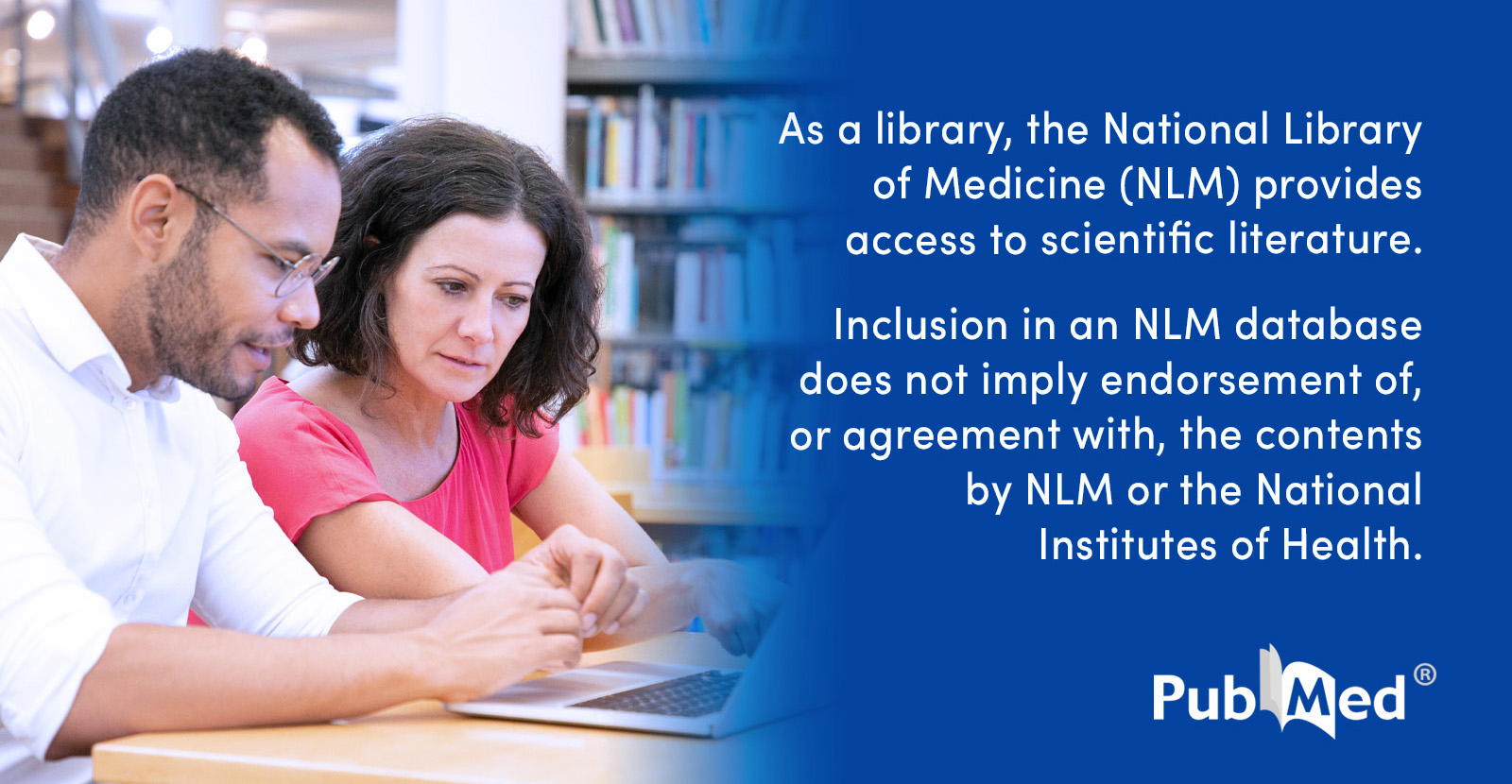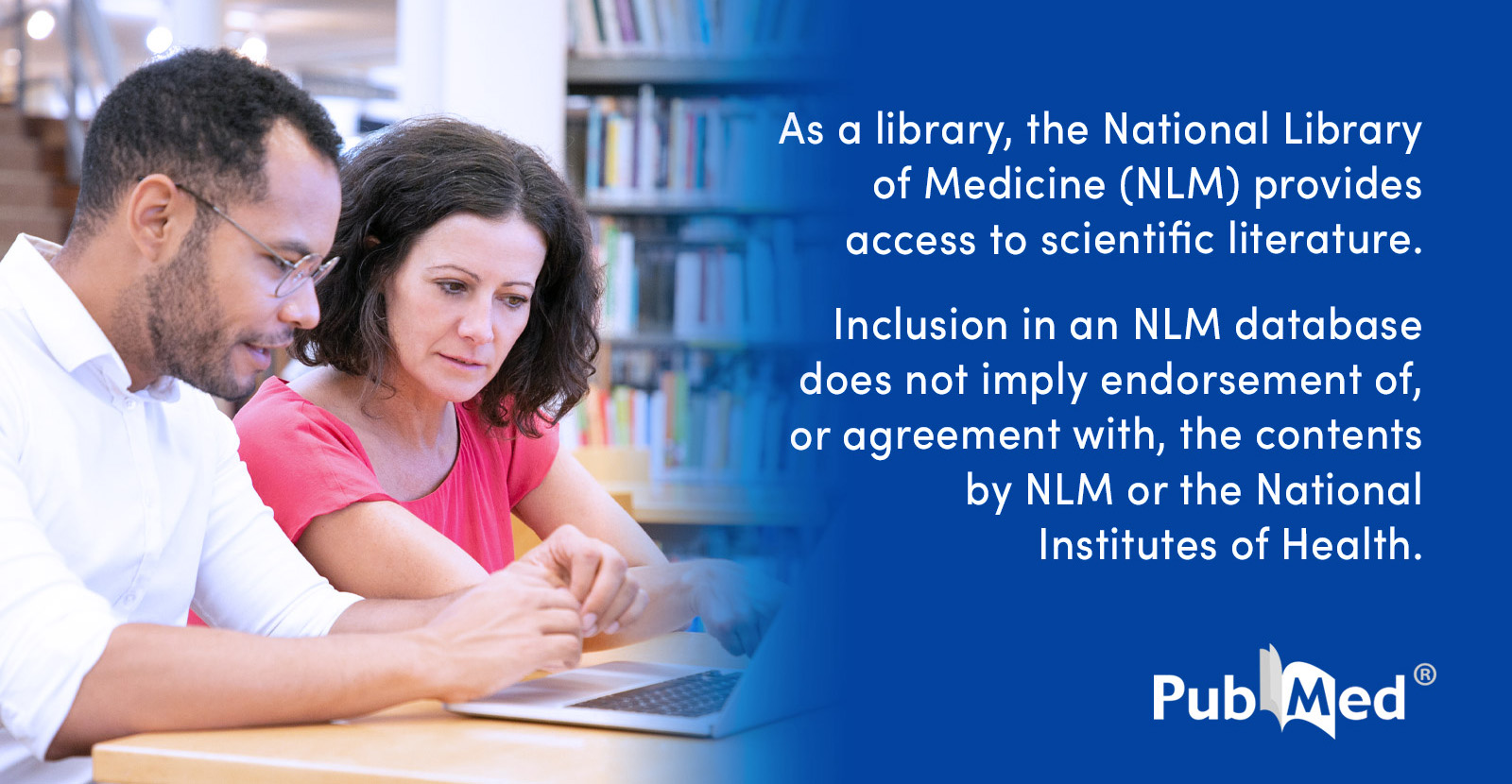Calcium modulation of cardiac sodium channels.
Autor: Johnson, Christopher N.
Publication year: 2020
The Journal of physiology
issn:1469-7793 0022-3751
doi: 10.1113/JP277553
Abstract:
Modification of voltage-gated Na(+) channel (Na(V) ) function by intracellular Ca(2+) has been a topic of much controversy. Early studies relied on measuring Na(V) function in the absence or presence of intracellular Ca(2+) , and generated seemingly disparate results. Subsequent investigations revealed the mechanism(s) of Ca(2+) -driven Na(V) modulation are complex and involve multiple accessory proteins. The Ca(2+) -sensing protein calmodulin (CaM) has a central role in tuning Na(V) function to [Ca(2+) ](i) , but the mechanism has been obscured by other proteins (such as fibroblast growth factors (FGF) or CaM-dependent kinase II (CaMKII)) that can also modify channel function or exert an influence in a Ca(2+) -dependent manner. Significant progress has been made in understanding the architecture of full-length ion channels and the structural and biophysical details of Na(V) -accessory protein interactions. Interdisciplinary structure-function studies are beginning to resolve the effect each interaction has on Na(V) gating. Carefully designed structure-guided or strategically selected disease-associated mutations are able to impair Na(V) -accessory protein interactions without altering other properties of channel function. Recently CaM was found to engage part of Na(V) 1.5 that is required for channel inactivation with high affinity. Careful impairment of this interaction disrupted Na(V) 1.5’s ability to recover from inactivation. Such results support a paradigm of CaM-facilitated recovery from inactivation (CFRI). How Na(V) -CaM, CaMKII and FGF/fibroblast growth factor homologous factor interactions affect the timing or function of CFRI in cardiomyocytes remain open questions that are discussed herein. Moreover whether CFRI dysfunction or premature activation underlie certain Na(V) channelopathies are important questions that will require further investigation.
Language: eng
Rights: © 2019 The Authors. The Journal of Physiology © 2019 The Physiological Society.
Pmid: 30707447
Tags: Humans; *Calcium/metabolism; Electrophysiology; *Channelopathies; Calcium regulation; Calcium-Calmodulin-Dependent Protein Kinase Type 2; Calmodulin; Calmodulin/metabolism; Sodium Channels; Structural biology; Voltage gated sodium channel
Link: https://pubmed.ncbi.nlm.nih.gov/30707447/








